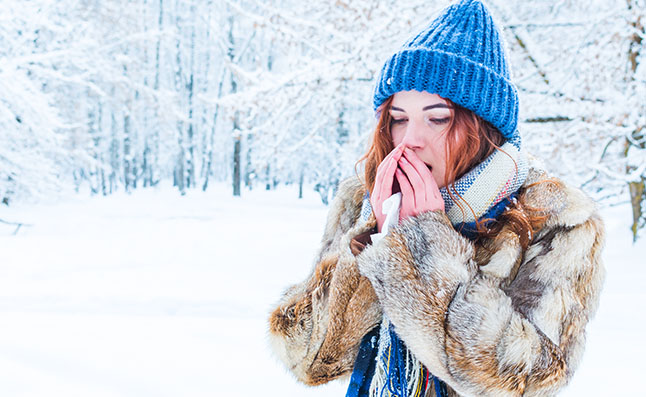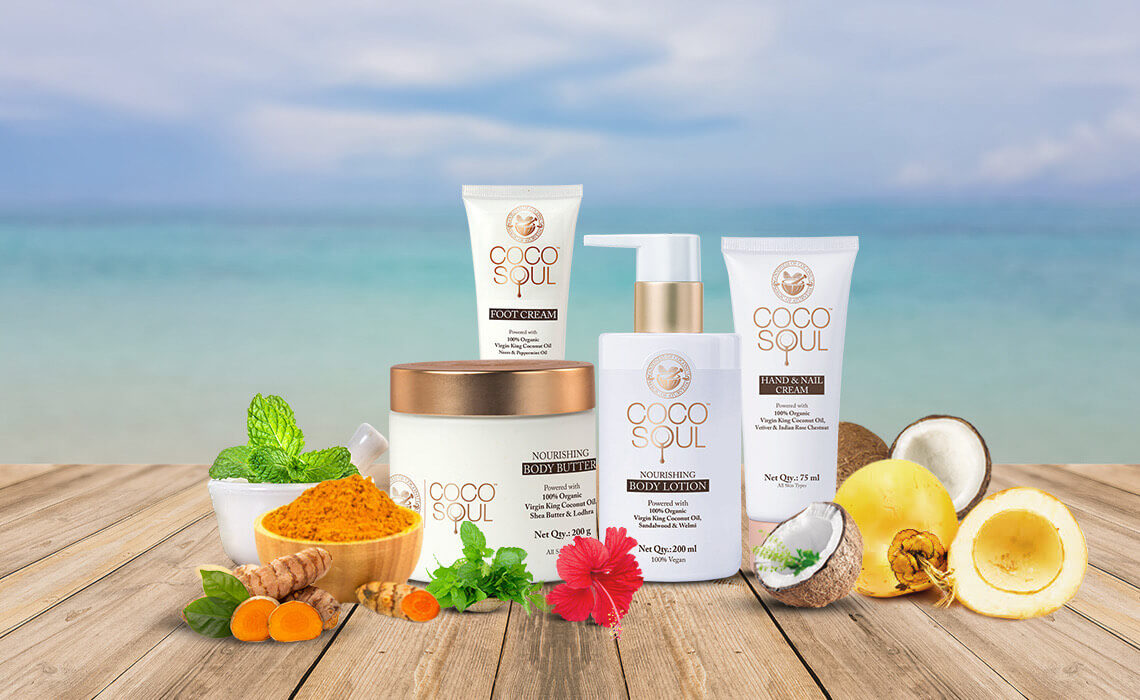- What is windburn?
- What’s the Difference Between Sunburn and Windburn?
- How to Get Rid of Windburn
- How to prevent windburn
- Try Coco Soul
- Takeaways
- Frequently Asked Questions on How To Avoid Winterburns
If you suffered from windburn after enjoying a little ski trip during the winters, you must have spent a good amount of your time rubbing creams over your skin due to windburn. When it comes to winter skin woes, most of us are affected by windburn, which may sound similar to sunburn but is completely different. Windburn is severe skin dryness caused by harsh and cold weather that disrupts the barrier of your skin, leading to inflammation.
What is windburn and how to prevent burns on skin?
Windburns happen when your skin loses natural oils due to extremely cold weather and dry air. The wind can weaken the natural barrier of your skin that protects you from UV rays, making you more susceptible to harsh sun rays.
Beside the cold weather, any underlying skin conditions can also put you at risk of windburn. Skin conditions like rosacea and eczema or any dermatologic procedure such as chemical peels can make your skin more prone to wind burns.

What's the Difference Between Sunburn and Winterburn Skin?
Due to similarity in symptoms, it can be hard to differentiate between windburn and sunburn. Harsh UV rays cause sunburn, while cold and windy weather causes wind burns. Sunburns cause greater and long-term health risk, which can even lead to skin cancer. Wind burns, on the other hand, leave you with irritated and red skin after long exposure to chilly weather. Unfortunately, sunburn and wind burns can occur together and it's best to prevent them before you head out.
How to Treat Windburn?
- Moisturise:
Wind burns are caused due to loss of natural oils of your skin. Compensate the loss of moisture by adding a thick moisturiser or body butter in your daily skincare routine. Soothe your skin with a moisturiser in the day and body butter at night to properly care for your skin and add the lost moisture to your skin.
- Slather on SPF:
Your skin is damaged due to the skin burns, and it is going to take time to shield you from the sun's UV rays. Therefore, head outdoors only after slathering on SPF. This will protect and soothe your skin from the harsh UV rays. Do not skip on SPF even if you are indoors as the sun rays can also penetrate through glass windows.
- Avoid harsh chemicals:
Products that contain harsh chemicals, parabens, silicones, alcohol, or fragrance will only slower your skin's healing process. Use natural and organic skincare products that are free from harsh chemicals and artificial fragrance to help your skin heal faster.
To keep your skin healthy post-windburn, you can follow our recommended winter skincare routine.
How to prevent windburn
It may seem difficult to prevent your skin from wind burns but there are ways to cut back on things during the colder days so that you can be ready when the winter burn strikes.

- Avoid harsh skin treatments:
Needless to say, keep your skin free from any harsh treatments such as chemical peels or exfoliators that might put your skin at greater risk of being damaged due to the UV rays.
- Apply an emollient moisturiser:
A moisturiser is a total saver when it comes to protecting your skin from getting dry and flakier. Use an emollient moisturiser throughout the day that will stop your skin from getting drier.
You can also take a look at some of the best home remedies for dry skin in winter.
- Avoid hot showers:
Although it is extremely tempting to have hot showers, keep yourself from hot water and switch to lukewarm water instead. Using hot water can strip off the natural oils from your skin, and make things worse for you during the colder days.
- Cover up:
Cover your face, neck, and hands properly to avoid long exposure of wind to your skin. Make sure you are wearing gloves if you are heading out for any winter sports activity. This will prevent abrasion.
Try Coco Soul:
Treating a winter burn skin can be difficult especially when the best advice is to stay away from chemicals. However, you can switch to Coco Soul to get the goodness of natural ingredients in your skincare routine. Enriched with the goodness of virgin coconut oil and Ayurvedic herbs, Coco Soul brings to you nourishing body lotion which keeps your skin glowing and heals it from winter burns.

Takeaways:
Taking measures to combat the winter burn skin is better than curing it. Prep your skin well for colder temperatures by applying moisturisers, drinking plenty of water, avoiding chemicals, etc. If your skin has been infected by wind burns, give it appropriate time to heal and do the best for it by sticking to natural ingredients. Most of the time, winter burns are mild and can be healed at home. However, if you need to visit a dermatologist, please do so and seek professional advice.
Frequently Asked Questions on How To Treat Windburn:
1.What can I apply on the windburn?
If you are infected by wind burn, avoid using any products with harsh chemicals. Switch to natural and organic ingredients that will soothe your skin and not cause further damage.
2.How do you treat windburn on your face?
Apply humectant moisturisers while treating windburn on your face. Do not forget to apply SPF to keep your skin protected from harsh UV rays.
3.Is wind burn worse than sunburn?
There is a similarity of symptoms in sunburn and windburn and differentiating the two can be difficult. However, sunburns have long-term effects on the skin that can lead to skin cancer, and wind burn is usually only limited to skin irritation during the colder days. But it is imperative that you take care of your skin during winters and on sunny days to avoid any kinds of skin burns.
